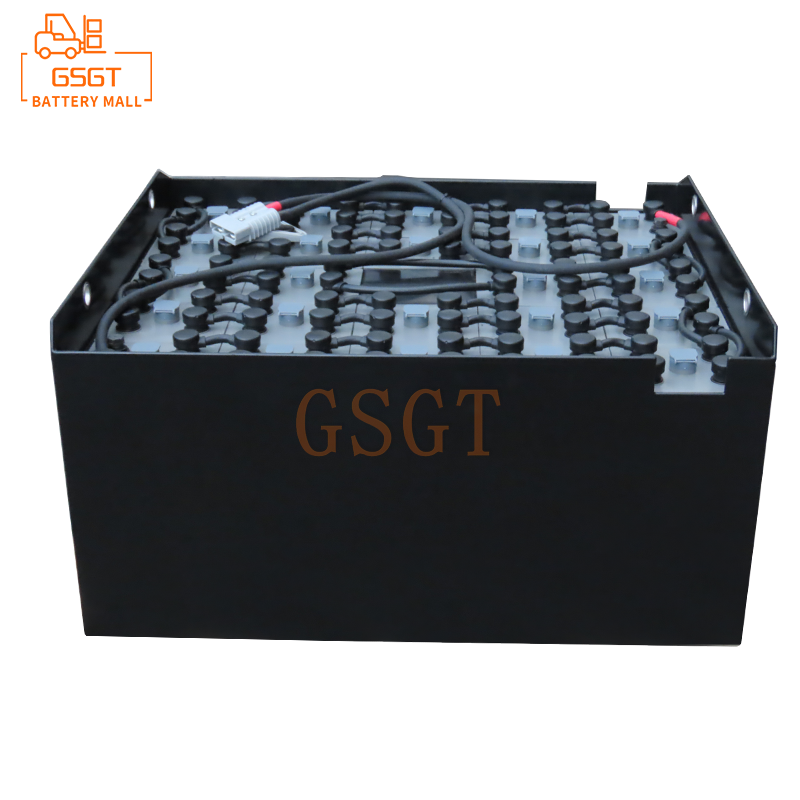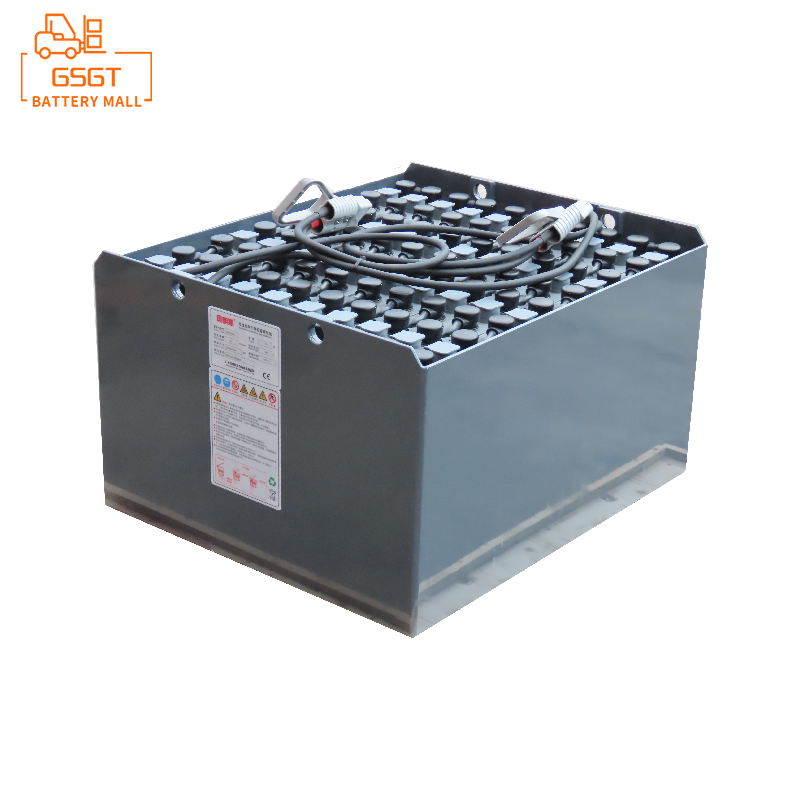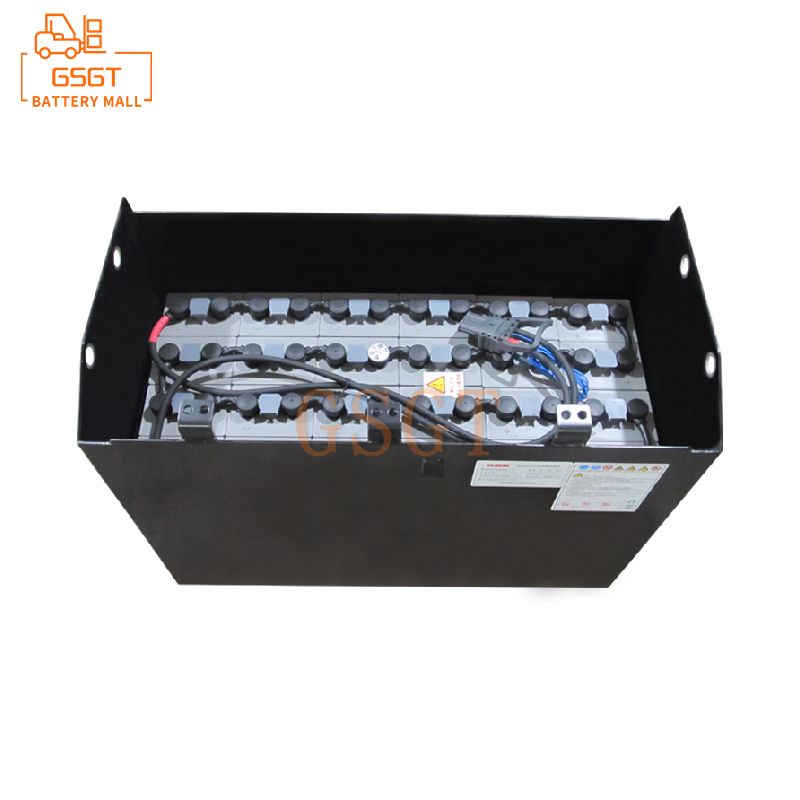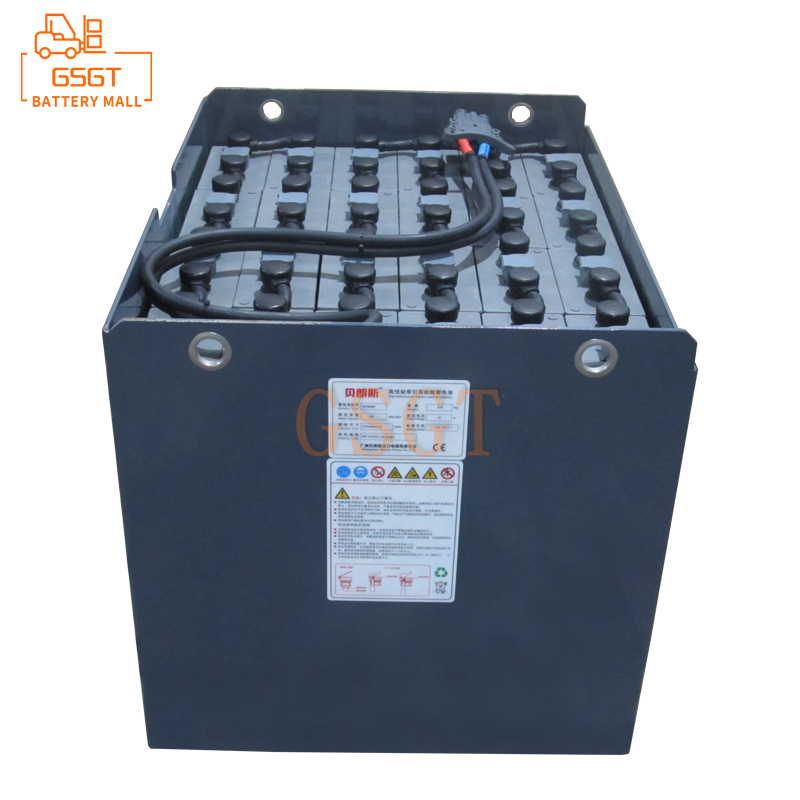Time:2025-07-19 11:20:43
Browse:605
In logistics warehousing and industrial handling, forklifts are indispensable equipment. As the "heart" of forklifts, the service life of lead-acid batteries directly affects the operational efficiency of the equipment and the operation and maintenance costs of enterprises. Many enterprises have reported that forklift batteries often experience sudden capacity drops, bulging and leakage before reaching the rated lifespan. Replacing a set of batteries can cost several thousand yuan, which is a considerable expense in the long run. In fact, as long as scientific maintenance methods are mastered, the service life of lead-acid batteries can be extended by 2 to 3 years. Based on experience, this article summarizes 8 practical tips to help you safeguard your business's "purse".
1. Charging Stage: Control the duration and details to avoid "charging killers"
The "short lifespan" of lead-acid batteries often begins with incorrect charging habits. The correct charging process should be carried out as follows: First, cool the battery before charging. After the forklift is in operation, the battery temperature will rise. Charging it immediately at this time will accelerate the aging of the plates. It is recommended to let it stand for 30 minutes until the temperature drops below 35℃ before charging. Secondly, match the original charger. Batteries of different capacities require chargers with different parameters. Mixing them can lead to undercharging or overcharging. For instance, a 48V/500Ah battery will be fully charged in less than three hours if a 72V charger is used.
During the charging process, pay attention to observe: when the charger shows "Fully charged", float charge for 1-2 hours and then cut off the power. Do not charge overnight. In addition, keep the charging environment well-ventilated. Hydrogen is released during battery charging, and an explosion is likely to occur in a closed space. It is best to operate in a well-ventilated charging room and stay away from open flames and heat sources.
2. Discharge Management: Don't wait until you are "starving" to feed. Shallow discharge and frequent charging are the key
The plates of lead-acid batteries are like sponges. Excessive discharge can lead to a "memory effect", just like a sponge that has been squeezed can no longer absorb enough water. Many forklift drivers are accustomed to charging the battery only when the red light on the dashboard is on. This practice of "draining the last drop of power" can shorten the battery life by more than 40%.
Professional advice is: When the battery is left at 20% to 30%, it should be charged in time to avoid deep discharge. For instance, when a forklift is fully loaded and climbing a slope, it consumes power quickly. If you notice a significant drop in power, you should return to charge it instead of forcing it to operate. In addition, it is prohibited to store for a long time in a state of low power. If a forklift is not used on weekends, it should be fully charged before leaving work on Friday. A food factory once found that the battery had completely "starved to death" on Monday because it was not charged over the weekend. After disassembling it, the plates were severely sulfated and had to be scrapped.
3. Daily Inspection: A 3-minute check to prevent major malfunctions
Spending three minutes every day on a "physical examination" can help detect minor problems with the battery in a timely manner. The main inspection items are as follows:
Electrolyte level: Open the battery filling cap and check if the level is between the upper and lower marks. When the temperature is below the lower mark, distilled water should be added (tap water or electrolyte must never be added). A certain auto repair shop once had its battery completely scrapped after three months due to the addition of well water, with moss growing inside.
Electrode terminal: Observe whether there are white or green corrosion substances on the positive and negative electrodes. This is oxidation caused by leakage. The pile head can be rinsed with hot water, dried and then coated with a layer of vaseline. This can not only prevent corrosion but also ensure good electrical conductivity.
Shell and connection lines: Check if the shell has cracks or bulges and if the connection lines are loose. If leakage is detected, stop using it immediately. The leaked electrolyte is highly corrosive and can cause burns if it comes into contact with the skin.
Four. Environmental Control: Find a "comfortable home" for the battery, with appropriate temperature and humidity
Batteries are very "picky" about the environment, and their optimal operating temperature is around 25℃. A certain southern logistics park failed to cool down properly in summer. The forklift batteries were working at a high temperature of 38℃. The batteries that were originally supposed to last for three years had their capacity reduced by half in just one and a half years.
High-temperature environments can accelerate the self-discharge of batteries and reduce their capacity. When the temperature drops below 0℃, the battery capacity will sharply decrease by more than 30%, and it will also lead to a decline in charging acceptance capacity. Therefore, in summer, to prevent batteries from being exposed to direct sunlight, a sunshade can be set up in the parking lot. If you work outdoors in winter, it is best to move the battery indoors (with a temperature of no less than 5℃) for storage after work.
In addition, keep the battery surface clean and dry. Oil stains and dust can conduct electricity, causing the battery to self-discharge slowly. Wiping it with a dry cloth once a day can reduce unnecessary power loss.
V. Usage Habits: Gentle operation makes the battery last longer
The operating habits of forklift drivers can also affect battery life. When accelerating or braking suddenly, the battery will generate a large current discharge, just as a person will be out of breath when running suddenly, the battery will also be "injured". It is recommended to start smoothly, accelerate slowly, and slow down in advance when encountering obstacles. This not only saves electricity but also extends the battery's cycle life.
At the same time, avoid overloading operations. The rated load capacity of a forklift is designed. Overloading will cause the motor to operate under overload conditions and increase the battery discharge current. For instance, if a 5-ton forklift frequently lifts 6-ton goods, the battery will "retire" two years earlier.
Frequently Asked Questions
Question: Can a battery still be used if its surface bulges?
Answer: Absolutely not. The bulging is due to excessive internal pressure, which has deformed the plates. Continuing to use it may cause leakage or explosion. A new battery should be replaced immediately, and at the same time, check if the charger is compatible.
Question: How should the batteries of a forklift that has not been used for a long time be stored?
Answer: First, fully charge the battery, then disconnect the battery connection wires. Place it in a dry and well-ventilated area. Recharge it once a month (to 80% is sufficient). Avoid direct sunlight and low-temperature environments. In this way, the battery performance will not decline significantly within half a year of storage.
Question: If the electrolyte is insufficient, can I add more electrolyte?
Answer: No. The electrolyte is a mixture of sulfuric acid and water. Adding only the electrolyte will increase the concentration and corrode the plates. The correct way is to add distilled water, as during battery use, only water will evaporate and the sulfuric acid will not decrease.
Conclusion
To extend the lifespan of lead-acid batteries in forklifts, it all comes down to "three parts usage and seven parts maintenance". From charging and discharging to daily inspections, if every step is done properly, it can not only save replacement costs but also reduce the probability of forklifts breaking down and improve work efficiency. Remember these practical tips to extend the lifespan of your forklift batteries and create more value for your business.

$5880

$8340

$2290

$3130

MESSAGE
Professional And Efficient
Security
Affordable Price
Professional Services